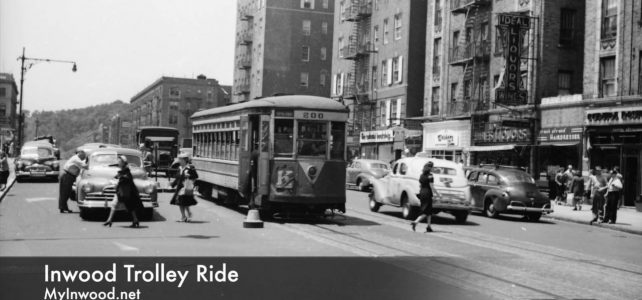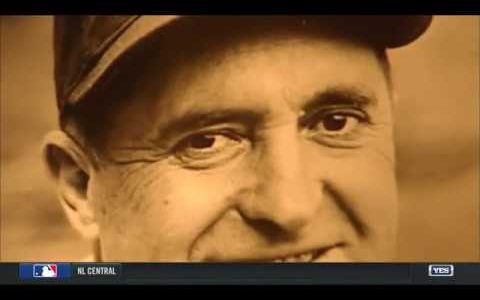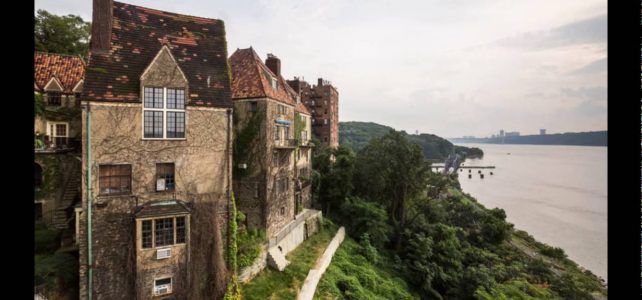At the southernmost end of Highbridge Park is a part of Washington Heights that has been neglected and disused because of the lack of pride that was once a part of baseball history. Coogan’s Bluff played an important role in
Harlem River Drive
The Harlem River Drive takes its name from the river it follows. Known as Muscoota to the American Indians, the Harlem River runs roughly eight miles from the Hudson River to Long Island Sound. In 1895, the Army Corps of
Trolleys of Washington Heights and Inwood

One of the most frequently used transit systems that has not been seen in over half a century were the trolley cars of New York City. These trolleys connected Washington Heights and Inwood with lower Manhattan, the Bronx and parts
History of New York Yankees

For over a century, baseball fans have followed one team that has become an icon of American sports. In its first twenty seasons as a team, the New York Yankees did not win a league championship and finished second only
Johnson Ironworks Factory
On the banks of the Spuyten Duyvil Creek across from Inwood Hill Park, there was a foundry that was run by three generations of a family that had served the United States in peace time and at war. The Johnson
Anthony van Corlear’s Crossing of the Spuyten Duyvil

Date: August 1809 (As told in Knickerbocker’s History of New York, by Washington Irving, 1809.) It was a dark and stormy night when the good Antony arrived at the creek (sagely denominated Haerlem river) which separates the island of Manna-hata
Ferries of Northern Manhattan
For three centuries ferries have crossed the Hudson River, Spuyten Duyvil Creek and Harlem River with great frequency. They have been the backbone of commerce and movement of people to and from this part of Manhattan to other parts of
Spuyten Duyvil Creek and the Harlem River Ship Canal
The history of the Spuyten Duyvil Creek and the Harlem River Ship Canal dates back to the pre-colonial period of New York City. It has a rich history that encompasses the immediate area it serves. Inwood Hill Park was known
Isham Park
Isham Park, located on Broadway between 211th Street and Isham Street, north to 218th Street, was part of a 24-acre estate purchased in 1864 by William Bradley Isham, a leather merchant who resided there until his death. Prior to this
Reginald Pelham Bolton
Reginald Pelham Bolton is considered the foremost authority on the history of Washington Heights and Inwood. Born in London, England, on October 5, 1856, Bolton was the son of James and Lydia Louise Pym Bolton. He majored as a consulting
